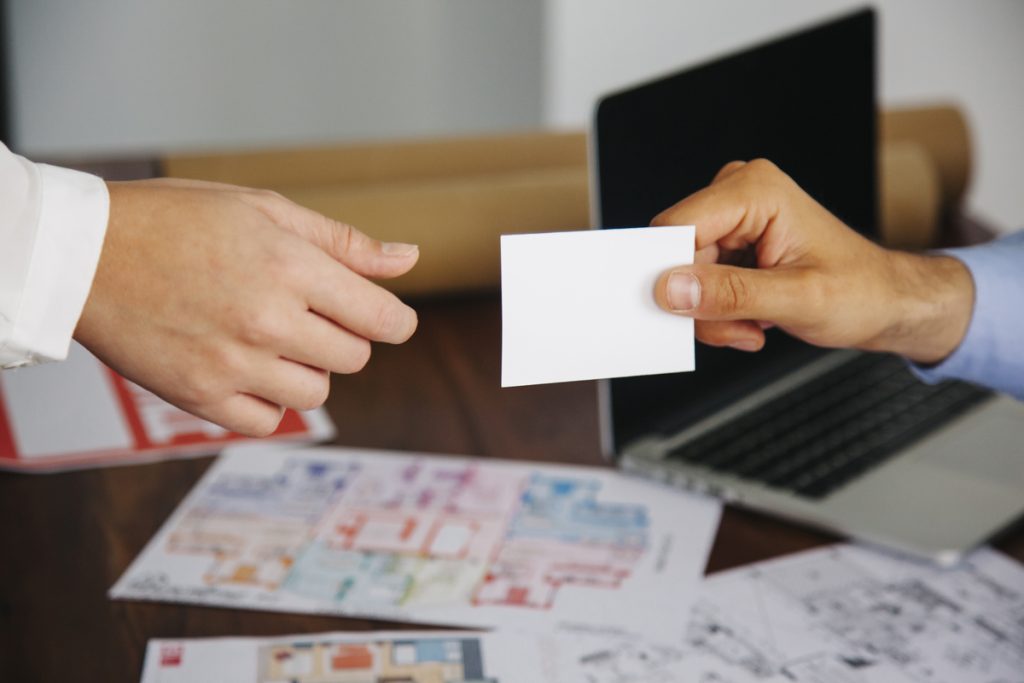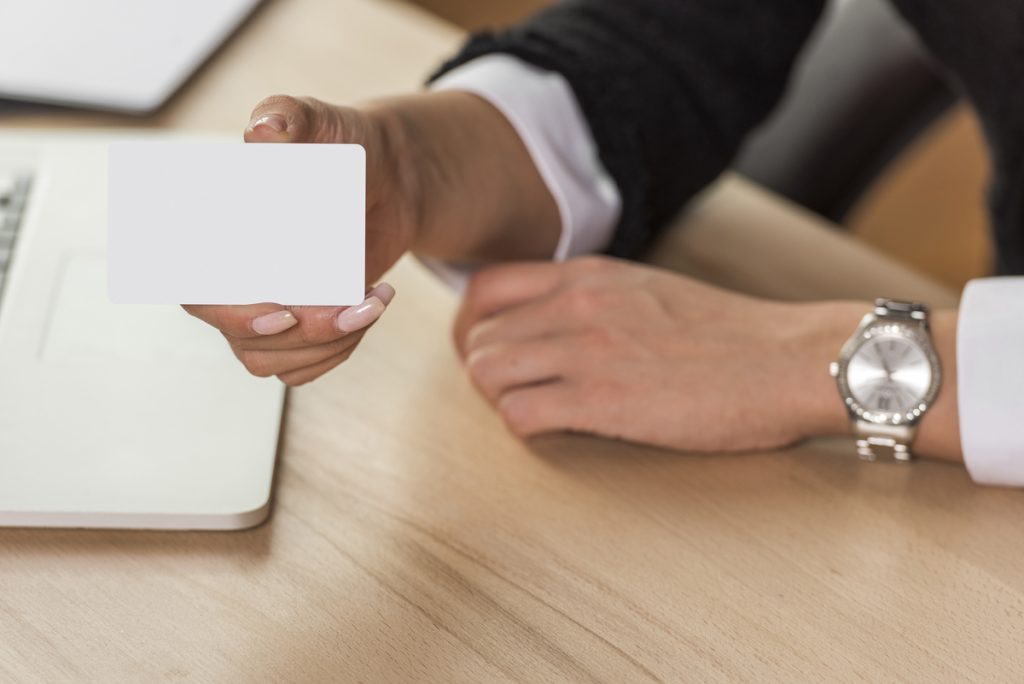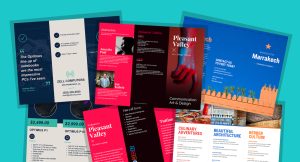Creating Memorable Business Cards: Going Beyond The Basics

Introduction
Business Cards- One might assume that the traditional business card has lost its relevance. However, this couldn’t be further from the truth. While digital platforms offer convenience and speed, the tangible exchange of business cards remains a powerful tool for creating lasting impressions and establishing meaningful connections.
But in order to make a lasting impact, business cards need to go beyond the basics. They must capture attention, reflect the essence of a brand, and leave a memorable imprint on recipients’ minds. Creating such cards requires a careful balance of design, content, and innovation.
In this era of endless customization possibilities, entrepreneurs, professionals, and creatives are no longer limited to conventional rectangular pieces of cardstock. They can explore various shapes, materials, finishes, and printing techniques to create unique and unforgettable business cards.
In this comprehensive guide, we will delve into the art of creating memorable business cards that go beyond the basics. We will explore innovative design trends, discuss effective content strategies, and highlight practical tips to ensure your business cards stand out from the crowd. Whether you’re an entrepreneur looking to make an impact, a freelancer seeking to leave a lasting impression, or a professional aiming to strengthen your network, this guide will equip you with the knowledge and inspiration to create business cards that truly make a statement.
What are some unique and innovative business card design ideas?
When it comes to designing business cards that truly stand out, there are numerous unique and innovative ideas to explore. One approach is to experiment with unconventional shapes and sizes. Instead of sticking to the standard rectangular format, consider opting for circular, square, or even die-cut shapes that align with your brand or industry. This instantly grabs attention and makes your business card memorable.
Another trend gaining popularity is incorporating tactile elements into the design. Utilize embossing, debossing, or foil stamping techniques to add texture and depth to your card. This not only enhances the visual appeal but also creates a tactile experience that engages the recipient’s senses.
Consider leveraging creative materials to make your business cards unique. Wood, metal, acrylic, or even unconventional options like fabric or leather can leave a lasting impression. These materials not only add a touch of sophistication but also create a sense of novelty that sets your card apart from the rest.
Integrating interactive elements is another innovative idea. QR codes, augmented reality, or even scannable NFC chips can be embedded on the card to provide additional information or create a multimedia experience. This not only adds a modern touch but also enhances engagement and encourages recipients to interact with your brand.
In terms of design aesthetics, incorporating bold and vibrant colors can make your business card visually striking. Play with gradients, contrasting color schemes, or unique color combinations that align with your brand identity. Additionally, consider incorporating unique typography and captivating visuals that reflect your industry or showcase your creativity.

How can I make my business card stand out from competitors?
To make your business card stand out from competitors, you need to consider various factors that contribute to its uniqueness and impact. First and foremost, focus on the design. Aim for a visually appealing and well-organized layout that effectively communicates your brand identity. Use eye-catching colors, but ensure they align with your brand guidelines. Incorporate high-quality graphics and imagery that represent your industry or showcase your products/services.
Instead of traditional cardstock, consider alternative options such as textured paper, recycled materials, or even eco-friendly choices. This adds a unique tactile experience and makes your card more memorable.
Consider adding interactive elements to your business card. QR codes, scannable NFC chips, or augmented reality features can provide additional value and engagement. For example, you can link the QR code to a video presentation or a special offer on your website, giving recipients a reason to interact with your brand beyond the initial exchange.
What are the latest printing techniques to enhance business card impact?
The world of printing has seen remarkable advancements, offering a range of cutting-edge techniques to enhance the impact of business cards. One such technique is spot UV coating, which involves applying a glossy and raised coating to specific areas of the card, creating a striking contrast between the matte and glossy finishes. This technique adds a tactile element and draws attention to key elements of your design, such as logos or important text.
This technique exudes luxury and sophistication, instantly capturing the recipient’s attention. Metallic foils can be used to highlight specific details or create a shimmering effect, while colored foils can add vibrancy and uniqueness to your card.
Embossing and debossing are techniques that create a three-dimensional effect by either raising or indenting certain areas of the card. This adds texture and depth, making your card visually and tactilely appealing. Embossing can be used to give your logo or important text a prominent and elegant look, while debossing can create a subtle yet impactful impression.
UV printing is another technique gaining popularity. It involves using UV-curable inks that dry quickly under ultraviolet light. This technique allows for vibrant and high-resolution printing on various materials, including plastic or metal cards. UV printing offers exceptional color accuracy and durability, ensuring that your business card leaves a lasting impression.

How can I effectively showcase my brand’s personality on a business card?
Effectively showcasing your brand’s personality on a business card requires a thoughtful and strategic approach. One of the key elements to consider is the design. Start by aligning your business card design with your brand’s visual identity. Incorporate your brand colors, typography, and logo to create a cohesive and recognizable look. The design should reflect the tone and style of your brand, whether it’s bold and modern, elegant and sophisticated, or playful and creative.
Beyond the visual elements, the content on your business card plays a vital role in showcasing your brand’s personality. Craft a compelling tagline or a concise brand statement that captures the essence of your business. Use language that reflects your brand’s voice, whether it’s formal, friendly, humorous, or professional. Additionally, consider incorporating key brand messaging or values that resonate with your target audience.
Choosing the right materials and finishes can also enhance the portrayal of your brand’s personality. Opt for high-quality cardstock that aligns with your brand’s image—whether it’s a textured, eco-friendly, or luxurious material. Finishes such as matte or glossy can further enhance the desired effect. Remember, the tactile experience of holding your card can leave a lasting impression.
What are the advantages of using unconventional shapes for business cards?
Using unconventional shapes for business cards can offer several advantages that help your card stand out and leave a lasting impression. Firstly, unconventional shapes immediately capture attention. In a sea of traditional rectangular business cards, a unique shape instantly differentiates your card from the rest, making it more likely to be noticed and remembered by recipients. It creates a visual intrigue that piques curiosity and encourages engagement.
Secondly, unconventional shapes can align with your brand or industry, reinforcing your message and enhancing brand recognition. For example, if you are in the food industry, a business card shaped like a chef’s hat or a pizza slice can instantly convey your specialty and create a memorable association. By choosing a shape that represents your brand essence, you create a stronger connection with your target audience and make a lasting impression that reinforces your brand image.
They offer an opportunity to express creativity, personality, and innovation. Whether it’s a rounded edge, a custom die-cut shape, or a symbol that reflects your industry, unconventional shapes allow you to tell a story and leave a visual impact that lingers in the recipient’s mind.

How can I incorporate interactive elements into my business cards?
Incorporating interactive elements into your business cards adds an extra layer of engagement and captivates recipients in a unique way. One way to achieve this is by utilizing QR codes. By including a scannable QR code on your business card, you can provide a seamless digital experience. The QR code can be linked to various digital assets such as your website, portfolio, social media profiles, or a specific promotional offer. This allows recipients to easily access additional information about your brand and encourages them to explore further.
By integrating AR technology into your business card, you can create an immersive and interactive experience. When recipients use an AR-enabled device to scan your card, it can trigger a digital overlay, such as a 3D animation, a video presentation, or an interactive game. This not only creates a memorable impression but also provides a dynamic and interactive way to showcase your products, services, or brand message.
Consider integrating social media handles or hashtags on your business card. Encouraging recipients to connect with you on social platforms allows for ongoing interaction beyond the initial exchange. It opens up opportunities for further engagement, networking, and relationship-building.
What are the key content elements to include on a memorable business card?
When designing a memorable business card, it is crucial to include key content elements that effectively communicate your information and leave a lasting impression on recipients. First and foremost, your name and job title should be prominently displayed. This helps recipients quickly identify who you are and what you do. Including your contact information, such as phone number, email address, and website, is essential for enabling further communication and facilitating easy access to your services.
To further enhance the effectiveness of your business card, consider adding a compelling tagline or a concise brand statement. This can quickly communicate your unique value proposition and differentiate you from competitors. The tagline should be memorable, concise, and aligned with your brand’s personality. Whether it’s directing them to visit your website, schedule a consultation, or claim a special offer, a well-placed CTA motivates recipients to engage further with your business.

How can I ensure my business card leaves a lasting impression?
To ensure that your business card leaves a lasting impression, there are several key strategies to consider. First and foremost, focus on design. Create a visually appealing and professional layout that reflects your brand identity. Use high-quality graphics, legible fonts, and a well-organized structure. A visually striking design grabs attention and makes your card memorable.
Opt for sturdy cardstock with a premium feel, and consider finishes like matte or glossy coatings. The tactile experience of holding a well-crafted card adds to its impact and leaves a positive impression.
Consider unconventional shapes or die-cut designs that align with your brand or industry. Experiment with unique materials, such as wood, metal, or plastic, to stand out from the standard options. These distinctive touches make your card more memorable and reinforce your brand’s creativity and innovation.
Include your name, job title, contact details, and relevant social media handles. Prioritise essential information while maintaining a clean and uncluttered design. It’s also helpful to include a tagline or a short statement that captures the essence of your brand or highlights your unique selling proposition.
Conclusion
In a fast-paced and increasingly digital world, creating memorable business cards has become more important than ever. While technology has transformed the way we connect and network, the tangible exchange of business cards remains a powerful tool for leaving a lasting impression and building meaningful relationships.
By going beyond the basics, exploring innovative design options, and employing effective content strategies, you can craft business cards that truly stand out. From unique shapes and materials to captivating printing techniques, the possibilities for creating eye-catching cards are endless. Incorporating elements such as color psychology, branding consistency, and interactive features further elevate the impact of your business cards.
Remember, a well-designed business card not only reflects your brand’s personality and values but also serves as a mini marketing tool that communicates professionalism and credibility. By carefully considering design elements, content choices, and staying on top of the latest trends, you can create a memorable business card that sparks conversations and opens doors.





